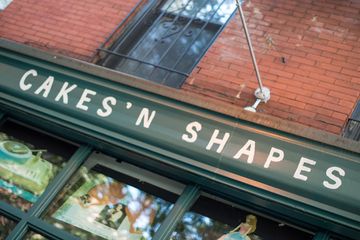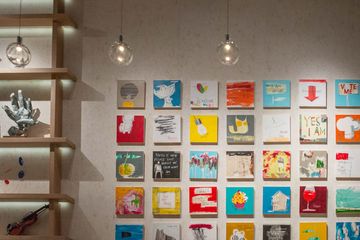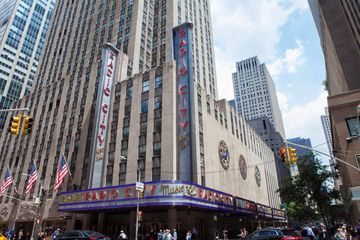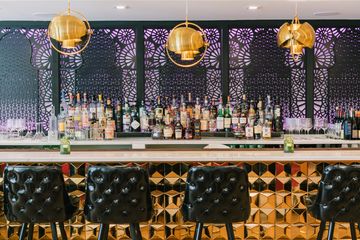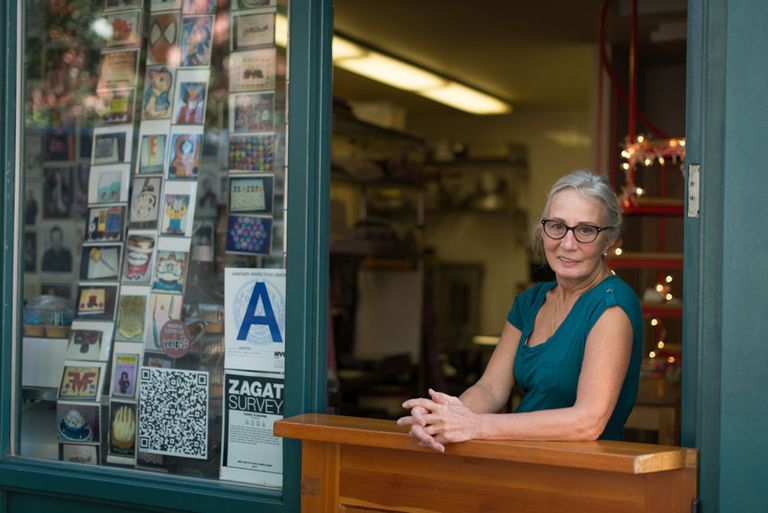
It was hard to get in touch with Edie Connolly. The owner of Hell's Kitchen shop Cakes 'N Shapes was not in the first time I visited, and the second time I showed up, she was busy making three different cakes at once and asked me to come back later in the summer after she had returned from vacation. When I finally did get to chat with her, I understood why she had been so hard to pin down. Though Edie does not advertise her services, she is inundated by orders. After over thirty years in the business - the past eight at her current location on 51st Street - she has gained quite a following across Manhattan. The specialized nature of her business - free-form cakes with edible photos scanned onto the top - combined with a lack of employees to alleviate the load, makes for a hectic schedule; she often bakes up to forty cakes a week.
Edie came to New York in the early 1970s to work as an au pair. A nurse in her native Holland, she had never especially loved cooking, and had no prior experience running a small business. Baking cakes was something that she "just fell into" in the 1980s after she and her American husband divorced. All these years later, the children whose birthday cakes she once baked now hire her for their own children's cakes. And the front wall of her tiny shop is emblazoned with photos of celebrities who have commissioned cakes from her over the years, many of them signed.
Inevitably, Edie has accumulated some wild stories, from the woman who tipped $500 on an order of three dozen cupcakes to the man who tried to order a cake made with breast milk. Occasionally, the photos that people ask her to scan are shocking. "Sometimes people will warn me before they send me the photo, and then I open my email, and go, whoa," she told me. After so long in the business, though, even near-pornographic photos do not seem to faze her. She is quick to laugh about the strange things that happen in the cake business; for her, they are seemingly all in a day's work.
Edie claims to be one of the few specialty cake makers in New York, and told me that she was the first in the city to introduce the concept of edible photos. She came up with the idea long before the technology was available to execute it; in 1995, she was able to purchase a scanner and make her idea a reality. At first, people were skeptical, but the concept quickly caught on, thanks in large part to a New York Times article on her business. Overnight, she was besieged by requests for cakes. Edie took all of the orders - "If you're an entrepreneur, you have to say yes to everything. That's the rule!" she explained. Things have quieted down a bit since the initial craziness, but Edie enjoys many repeat customers and never lacks for business, a testament to her staying power in Manhattan.
When I asked Edie about her plans for the future, she replied: "My future is going to be retiring one day soon - and playing. I want to play!"




